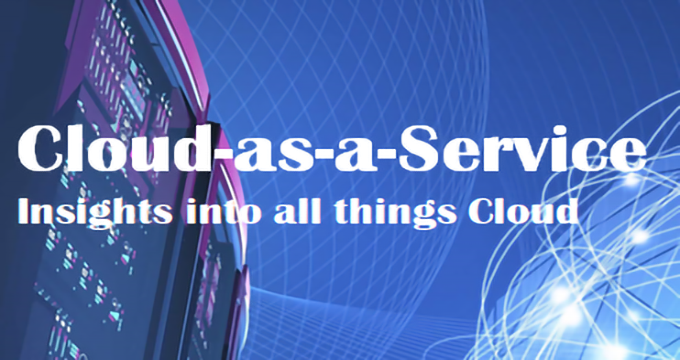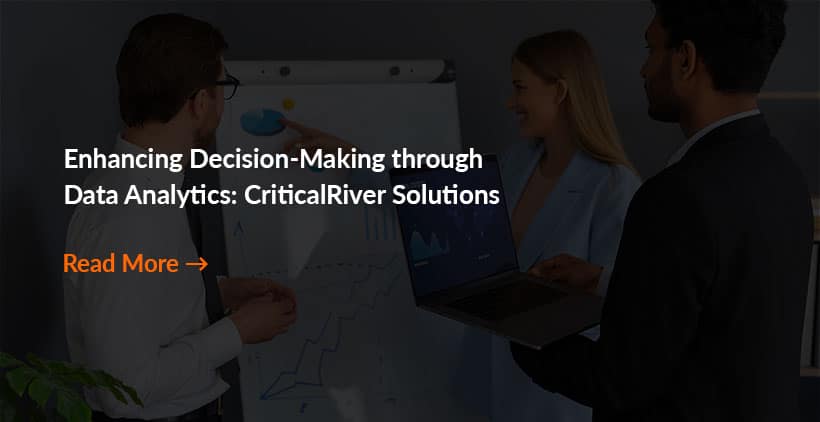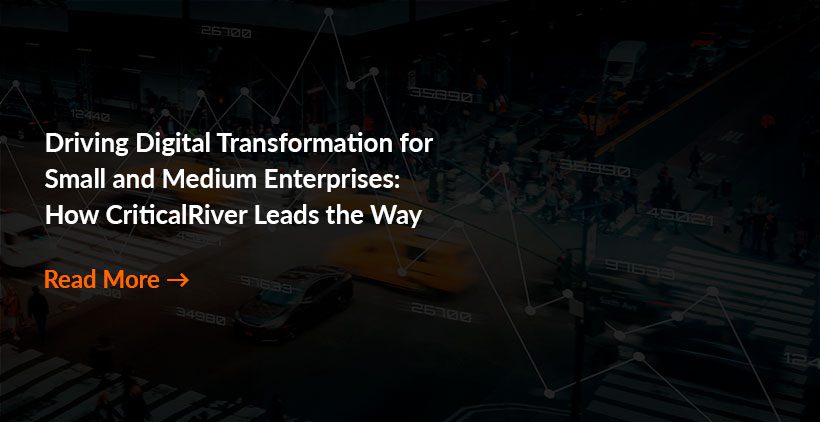“The interesting thing about cloud computing is that we’ve redefined cloud computing to include everything that we already do. I can’t think of anything that isn’t cloud computing with all of these announcements. The computer industry is the only industry that is more fashion-driven than women’s fashion. Maybe I’m an idiot, but I have no idea what anyone is talking about. What is it? It’s complete gibberish. It’s insane. When is this idiocy going to stop?” – Larry Ellison.
This was a famous quote by the Oracle leader. Simple answer is never. Cloud is not something new, it’s not a fad. It’s here to stay. But before we declare it for all eternity, let’s talk about how it’s now become a service in this set of CaaS blogs.

What are the basic set of As-A-Service cloud models?
- Infrastructure as a Service (IaaS)
- Platform as a Service (PaaS)
- Software as a Service (SaaS)
Let’s deep dive into each:

Infrastructure as a Service (IaaS)
Infrastructure as a Service, sometimes abbreviated as IaaS, contains the basic building blocks for cloud IT and typically provide access to networking features, computers (virtual or on dedicated hardware) and data storage space. Infrastructure as a Service provides you with the highest level of flexibility and management control over your IT resources and is most similar to existing IT resources that many IT departments and developers are familiar with today.

Platform as a Service (PaaS)
Platform-as-a-service (PaaS) refers to cloud computing services that supply an on-demand environment for developing, testing, delivering and managing software applications. PaaS is designed to make it easier for developers to quickly create web or mobile apps, without worrying about setting up or managing the underlying infrastructure of servers, storage, network and databases needed for development.

Software as a Service (SaaS)
Software-as-a-service (SaaS) is a method for delivering software applications over the Internet, on demand and typically on a subscription basis. With SaaS, cloud providers host and manage the software application and underlying infrastructure and handle any maintenance, like software upgrades and security patching. Users connect to the application over the Internet, usually with a web browser on their phone, tablet or PC.
Now that we know where you fit in, let’s look at how it’s beneficial to you:
- Trade capital expense for variable expense.
- Benefit from massive economies of scale.
- Stop spending money on running and maintaining data centers and also guessing capacity.
- Easily deploy your application in multiple regions around the world with just a few clicks.



